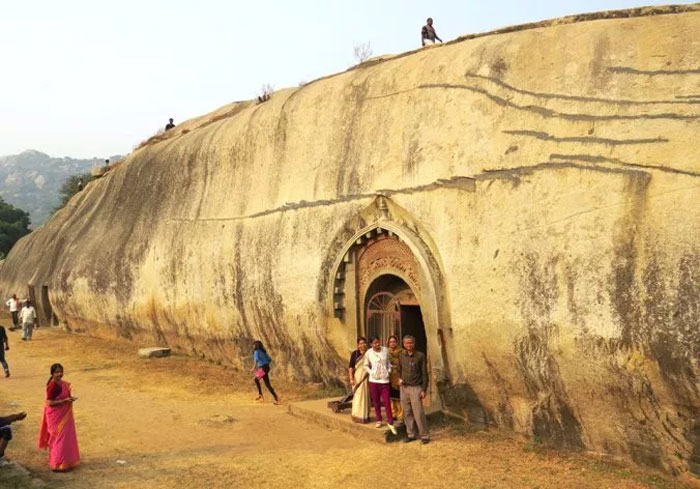The city of Gaya has an important place in the heart of religious people. The city is located in the state of Bihar and is its second largest city. It is situated on the banks of the Phalgu River. Small hills surround the city on its three sides whereas the river is on the fourth side. Gaya is a place of worship for Jains, Hindus, and Buddhists. One of the main reasons of Gaya being an important place is its pinda-dana ritual of Hindus which is done for their forefathers. The city has been mentioned in the Indian epics of Ramayana and Mahabharata. The name ‘Gaya’ is taken from the mythology of demon named Gayasur who turned holy after meditating for lord Vishnu. Another importance of it is for lord Buddha who gained enlightenment in this city.
Ways to reach Gaya:
By Flights
Gaya has its own international airport which is connected to all parts of the country. One can easily find cheap air tickets to fly to the city.
By Train
Gaya Junction receives trains from all parts of the country on a daily basis. Train tickets should be bought early especially in the months that have religious festivals.
By Road
Gaya is well-connected by roads to important cities of the country. So, travelling via car or bus isn’t a problem if someone prefers to.
Places to visit in Gaya:
There are several places that are important in Gaya which tell us about its rich history. But we will let you know about some of the sites which you have to visit. let us have a look at them:
- The Bodh Gaya Complex:As we said the city is famous for its significance to lord Buddha, there are several things that you can that is related or named after him like the Bodhi tree, the Great Buddha Statue, Cankamana etc. They are dedicated to lord Buddha and sports architecture pattern of those times. But the most important spot here has to be the Mahabodhi temple. This temple commemorates the legacy of lord Buddha. It is a peaceful area where you can sit and relax for a while.
- Vishnupad Temple: This temple is dedicated to lord Vishnu and follows a Shikhara style of construction. It is believed that lord Vishnu left his footprints on this place. The situation of the temple is just beside the Phalgu River. The temple is inside a complex that has other shrines as well. On the eastern part of the complex, there is a temple dedicated to Phalgwisvara, a form of lord Shiva. He is the lord of the Phalgu River.
- Barabar Caves: If you feel like having a look at the past of Gaya then do visit this place. It is one of the oldest rocks cut caves that are still standing in India. It was probably made in the Mauryan era. The caves are situated in the twin hills of Barabar and Nagarjuni. The loman Rishi Cave sports a ‘chaita arch’ which is an important part of the rock-cut architecture of India. The inside of the caves is carved out of granite and it just gleams. Ashokan inscriptions are also present in the caves.
- Jama Masjid: This is the largest mosque present in Bihar and it is about 200 years old. Its location is right in the heart of the city. It is most famous for the Shabina festivals held in the 27th day of Ramadan. You can get nice Kebabs outside the mosque.
Gaya is a beautiful place filled with historical importance. Definitely visit the city to have a look at the ancient past and also its present beauty. It is peaceful and you spend hours sitting by the Phalgu River.


























